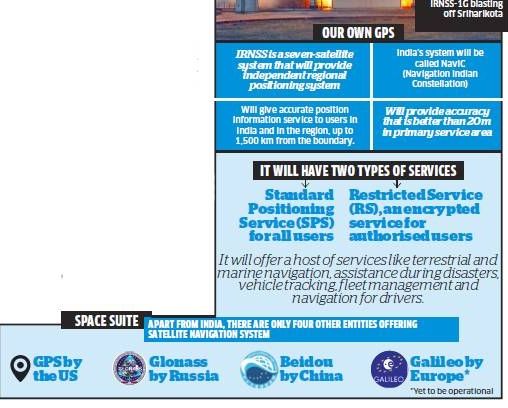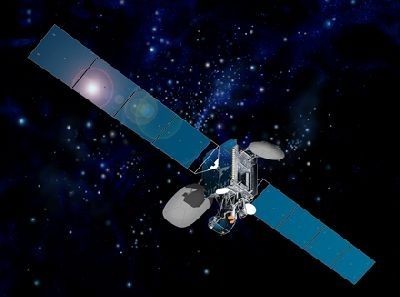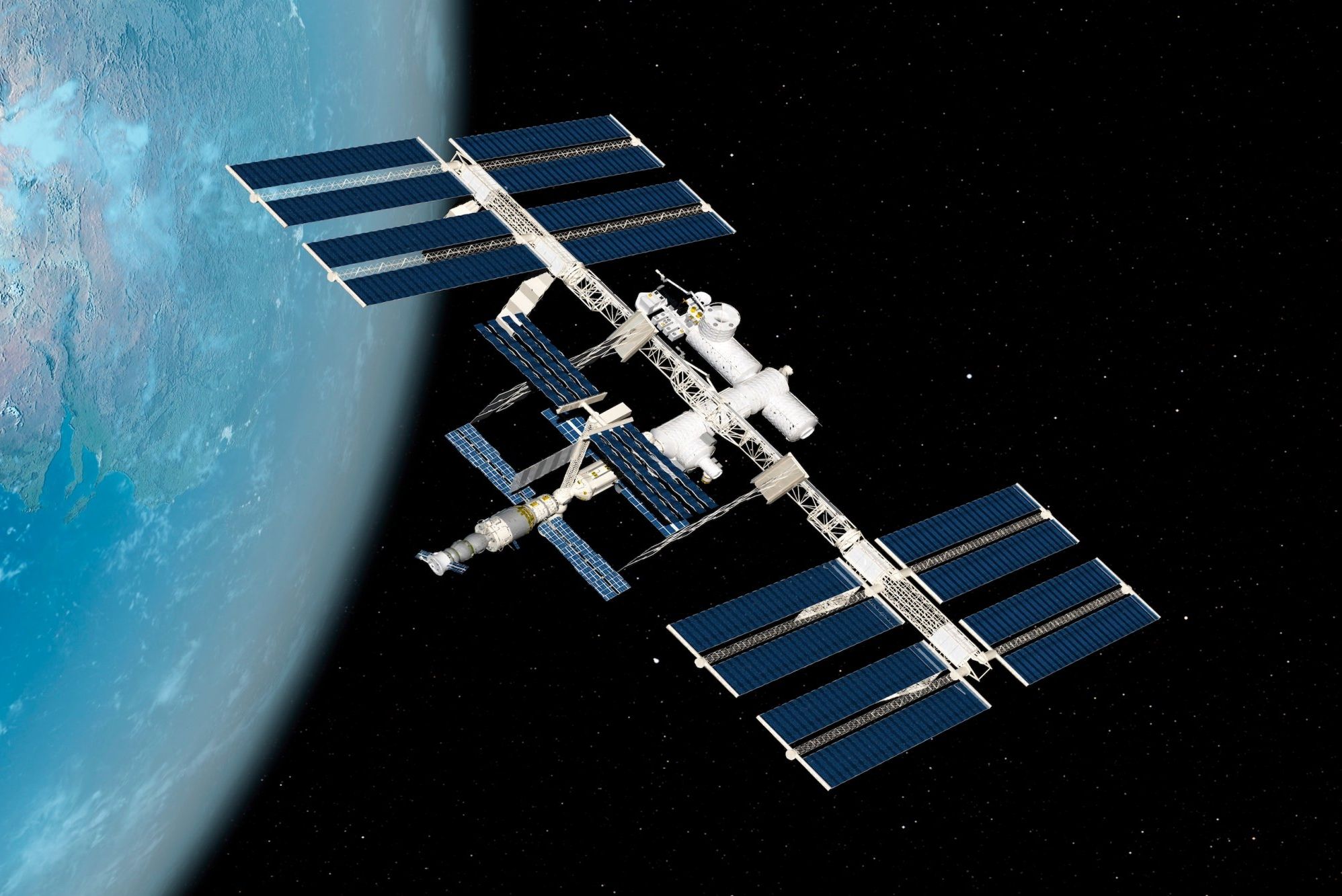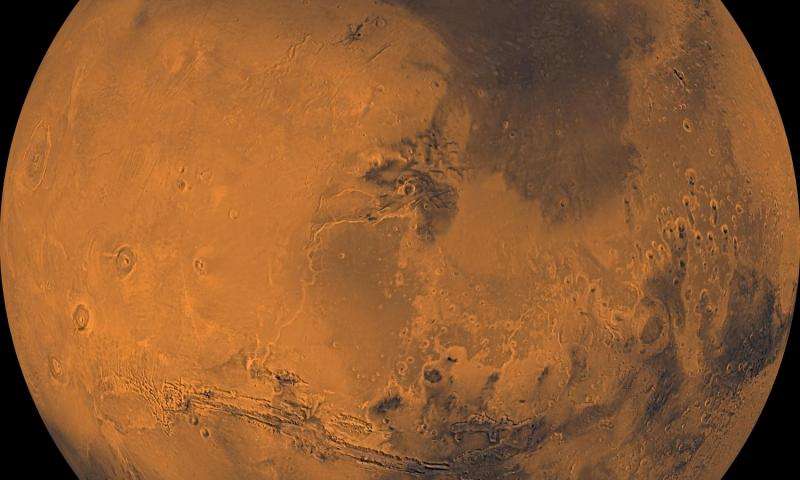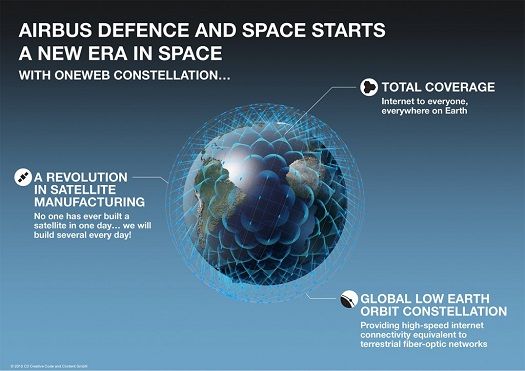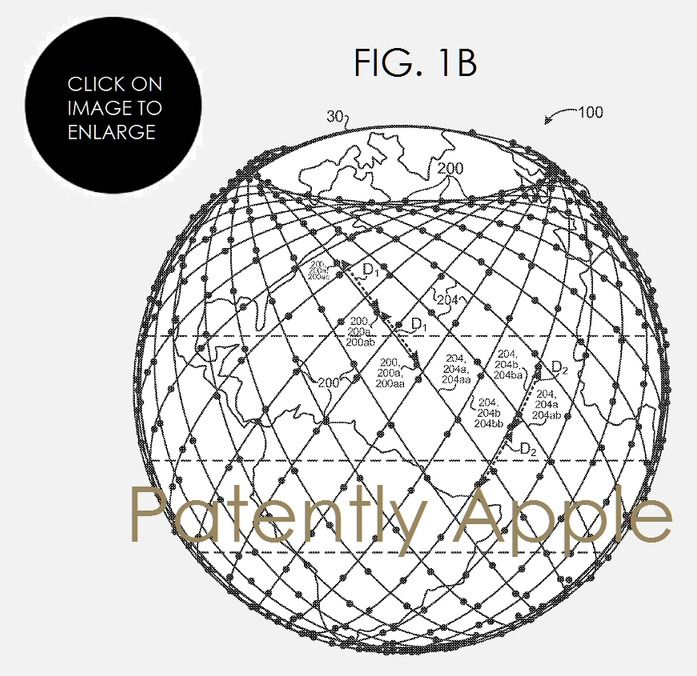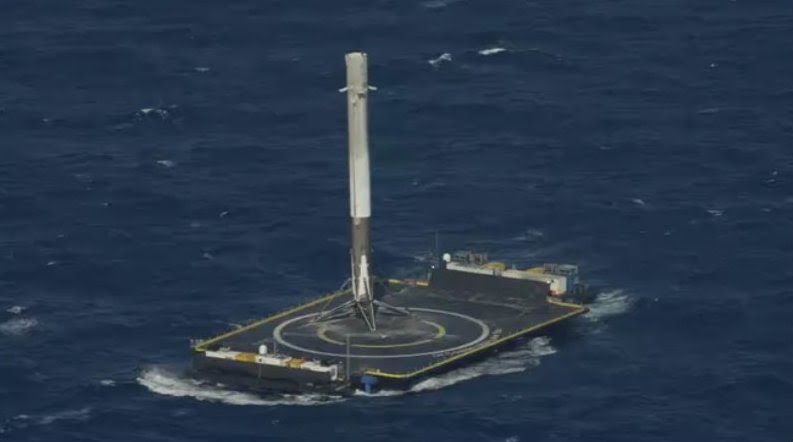May 10, 2016
DARPA is building acoustic GPS for submarines and UUVs
Posted by Karen Hurst in categories: government, military, mobile phones, satellites
A new underwater GPS.
For all the benefits that the Global Positioning System provides to landlubbers and surface ships, GPS signals can’t penetrate seawater and therefore can’t be used by oceangoing vehicles like submarines or UUVs. That’s why DARPA is creating an acoustic navigation system, dubbed POSYDON (Positioning System for Deep Ocean Navigation), and has awarded the Draper group with its development contract.
The space-based GPS system relies on a constellation of satellites that remain in a fixed position relative to the surface of the Earth. The GPS receiver in your phone or car’s navigation system triangulates the signals it receives from those satellites to determine your position. The POSYDON system will perform the same basic function, just with sound instead. The plan is to set up a small number of long-range acoustic sources that a submarine or UUV could use to similarly triangulate its position without having to surface.
Continue reading “DARPA is building acoustic GPS for submarines and UUVs” »
